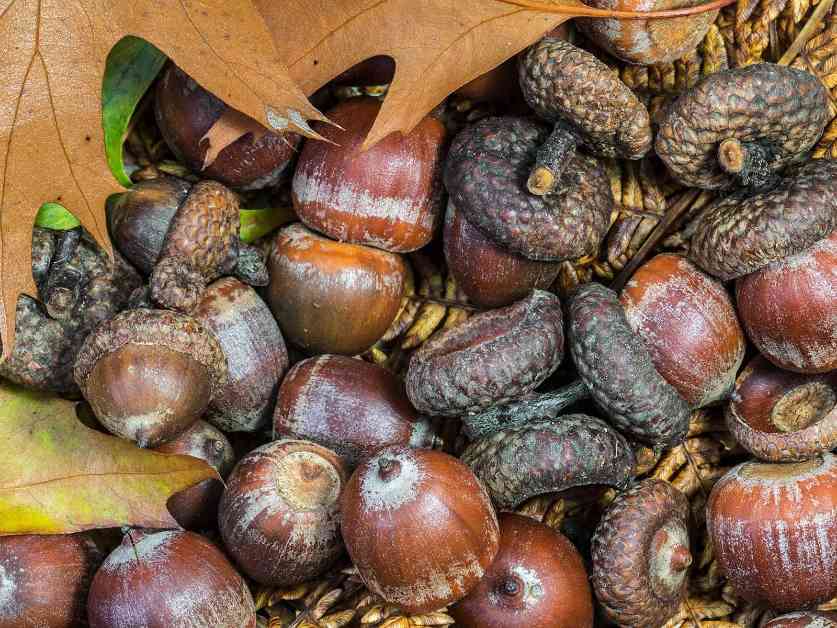In the forest, acorns are scattered all over the ground under a mighty oak tree. Squirrels are busy collecting them, feasting on the bounty, and storing some for the winter. This scene is a common sight in the temperate Northern Hemisphere during autumn, where oak trees and squirrels thrive. Ecologists have long studied this predator-prey relationship between trees and animals. They noticed that some years there is an abundance of acorns, while in other years, there are very few.
The phenomenon of trees producing a large number of seeds in one year and then taking a break is known as “seed masting.” This strategy is used by thousands of tree species to ensure survival. The traditional explanation for seed masting is the predator satiation hypothesis, which suggests that by producing a large number of seeds at once, some will survive predators’ feasting.
However, a new hypothesis proposed by researchers in Canada suggests that disease may also play a significant role in seed masting. While squirrels eat acorns from above, the seeds are also attacked by fungi, bacteria, and other pathogens from below. These pathogens can kill a large number of seeds, influencing the timing of seed release. The idea is that in some years, trees may produce fewer seeds to break the cycle of disease.
To explore this hypothesis, researchers built mathematical models to understand how pathogens could influence seed masting. The models suggest that seed masting creates a large number of susceptible seeds at once, which could prevent the spread of disease in slow seeding years. This new theory adds to the existing explanations for seed masting and highlights the complex interactions in the natural world.
Although the pathogen escape hypothesis is still in the early stages of research, scientists are hopeful that it will provide valuable insights into the evolution of seed masting. By studying masting patterns and their relationship with disease, researchers aim to gain a better understanding of how plants adapt and survive in their environment. The pathogen escape hypothesis may not replace existing theories but could complement them in explaining the puzzle of seed masting.
As researchers continue to explore this new hypothesis, they hope to develop more sophisticated models and gather field data to test their theories. By collaborating with other scientists and incorporating different perspectives, they aim to unravel the complexities of seed masting and its ecological significance. The study of seed masting is a fascinating area of research that sheds light on the intricate relationships between plants, animals, and the environment.






